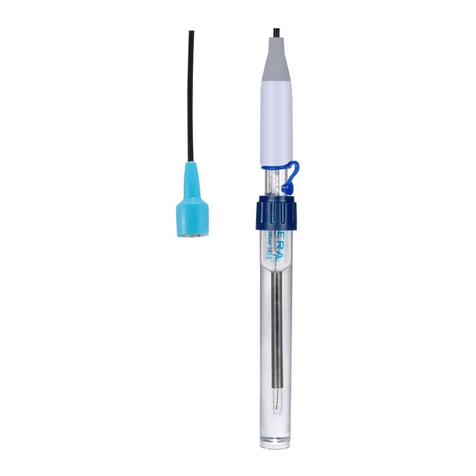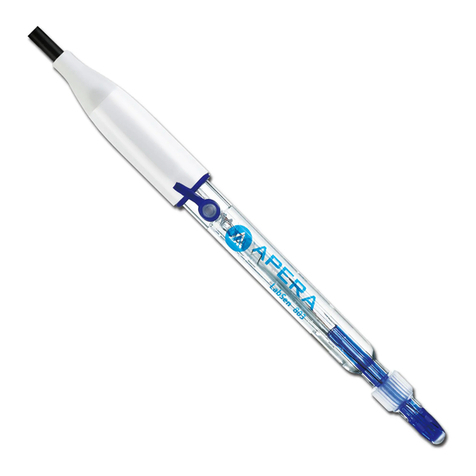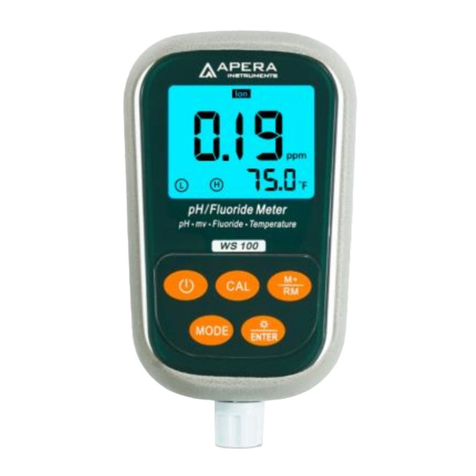Apera Instruments Gro Star AI102G User manual
Other Apera Instruments Measuring Instrument manuals
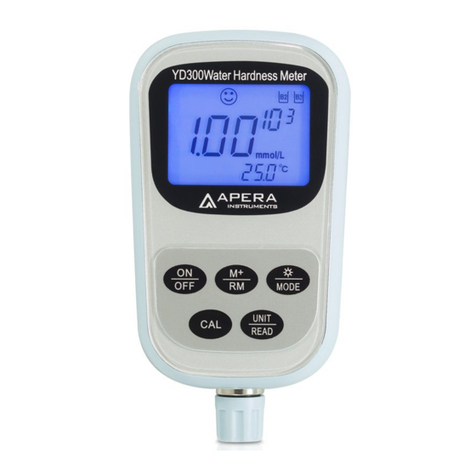
Apera Instruments
Apera Instruments YD300 Instruction manual
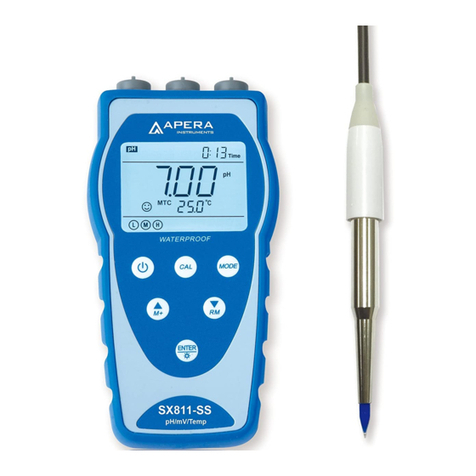
Apera Instruments
Apera Instruments SX811-SS User manual

Apera Instruments
Apera Instruments LabSen 801 User manual
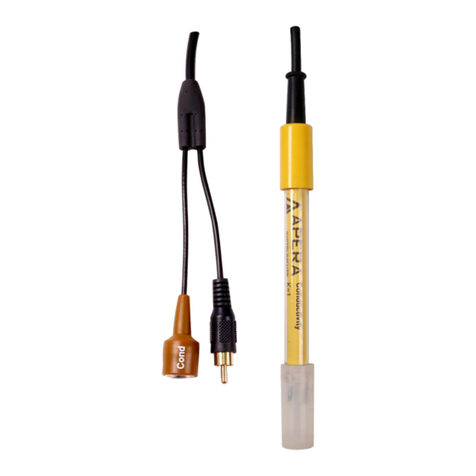
Apera Instruments
Apera Instruments 2401T-F User manual
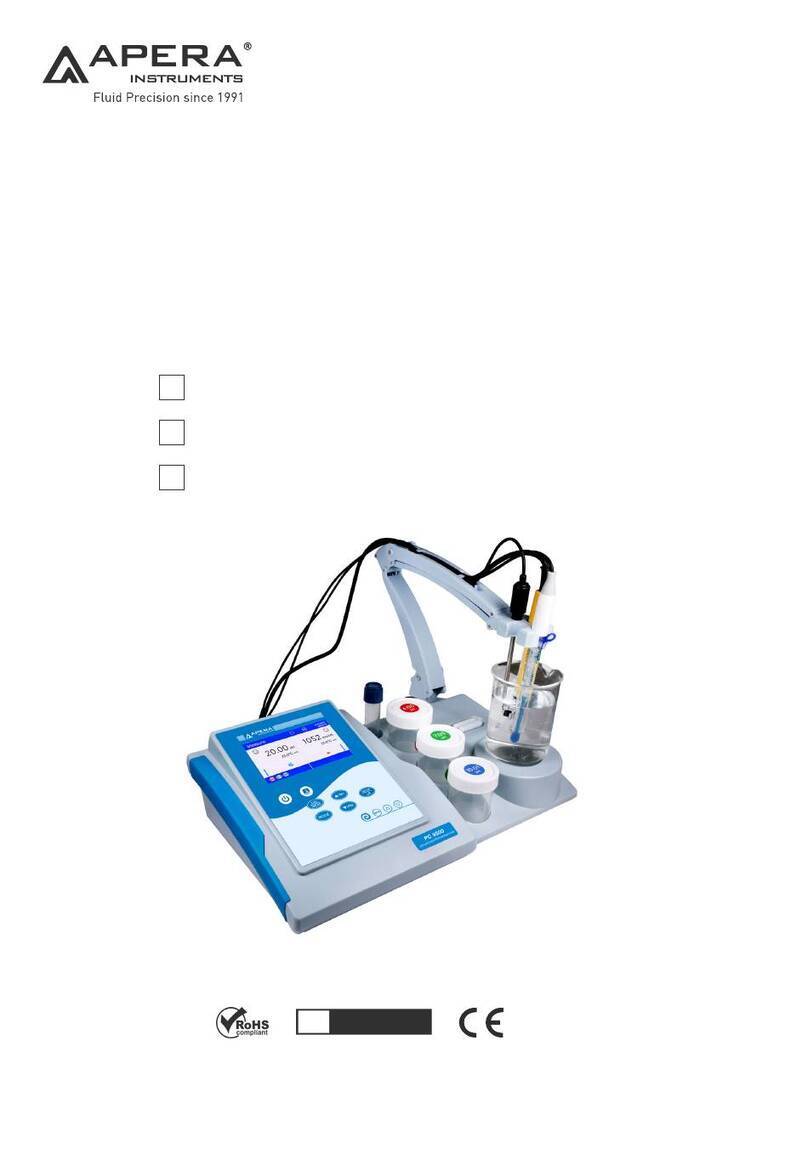
Apera Instruments
Apera Instruments 9500 Premium Series User manual
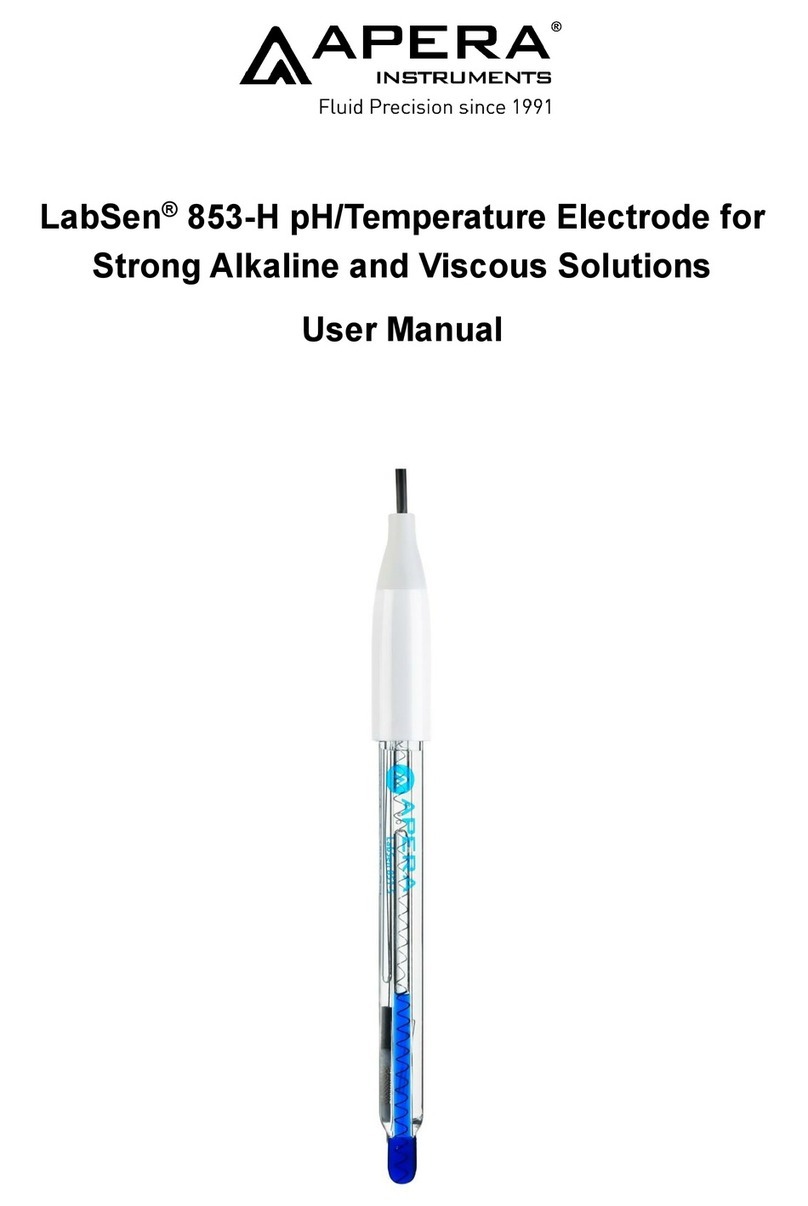
Apera Instruments
Apera Instruments LabSen 853-H User manual
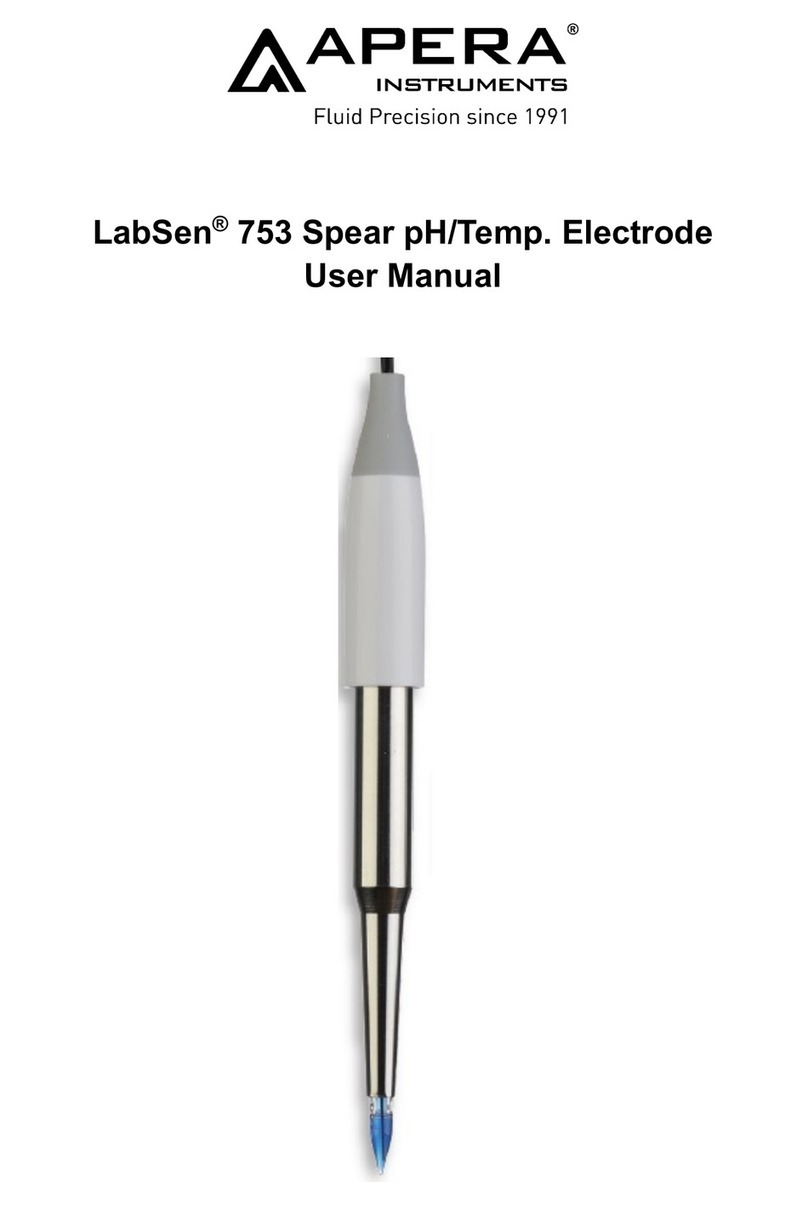
Apera Instruments
Apera Instruments LabSen 753 User manual
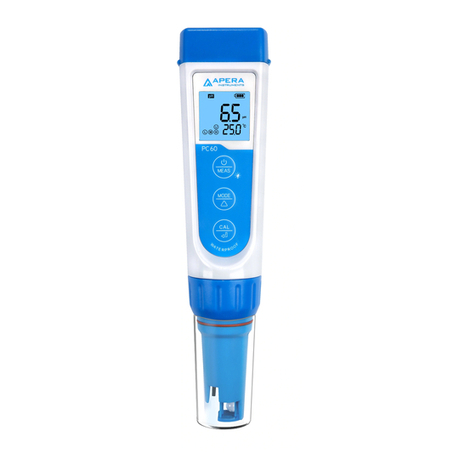
Apera Instruments
Apera Instruments PC60 User manual
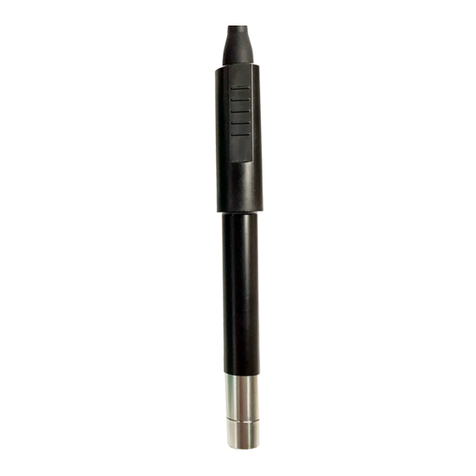
Apera Instruments
Apera Instruments DO803 User manual
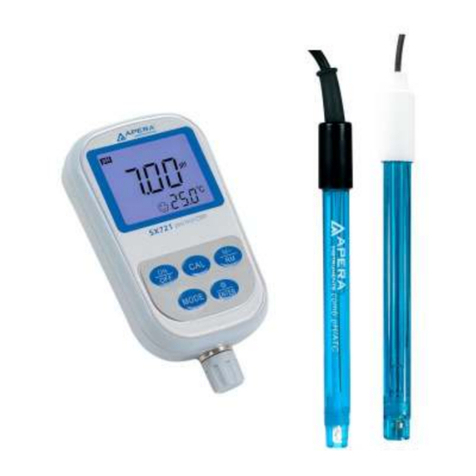
Apera Instruments
Apera Instruments SX721 User manual
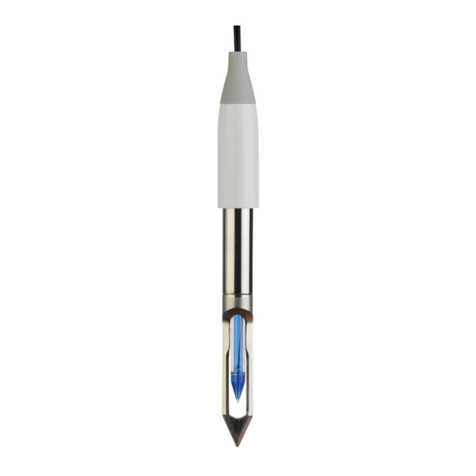
Apera Instruments
Apera Instruments LabSen 763 User manual
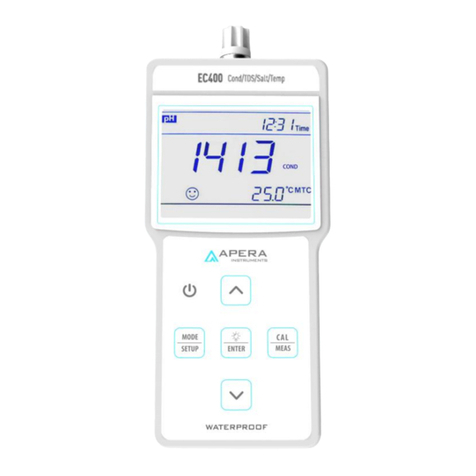
Apera Instruments
Apera Instruments EC400 User manual
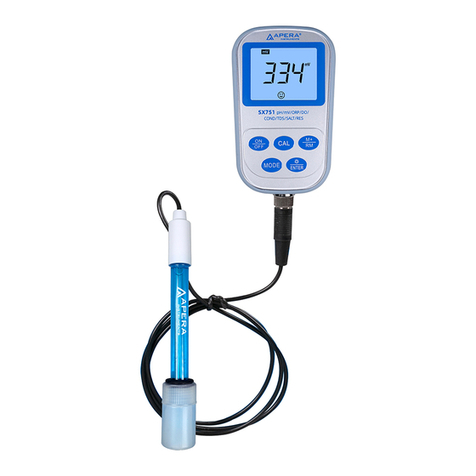
Apera Instruments
Apera Instruments SX736 User manual

Apera Instruments
Apera Instruments DO8500 User manual

Apera Instruments
Apera Instruments 2301T-S User manual

Apera Instruments
Apera Instruments YD300 User manual
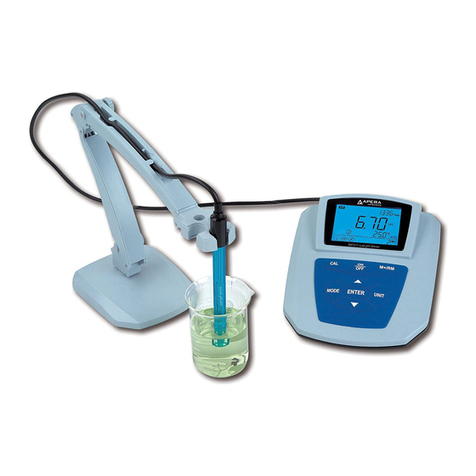
Apera Instruments
Apera Instruments MP511 User manual
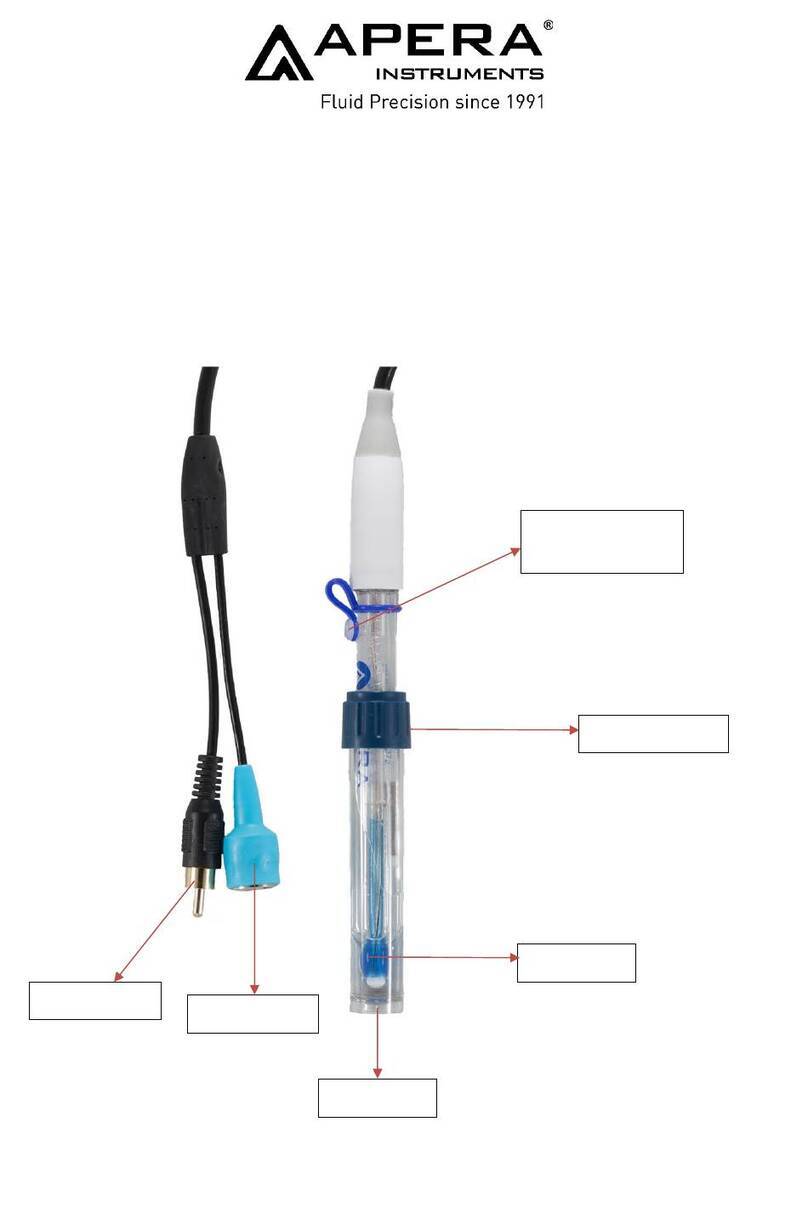
Apera Instruments
Apera Instruments LabSen 823 User manual

Apera Instruments
Apera Instruments WS200 User manual
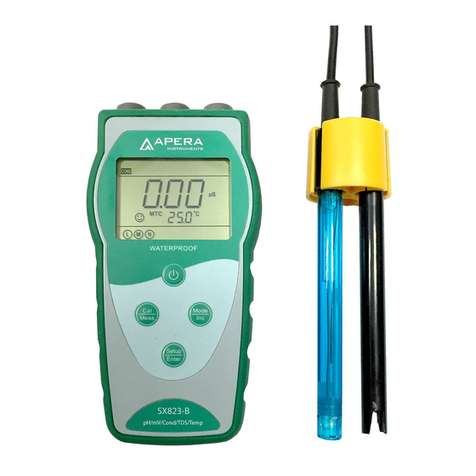
Apera Instruments
Apera Instruments SX823-B User manual
Popular Measuring Instrument manuals by other brands

Powerfix Profi
Powerfix Profi 278296 Operation and safety notes

Test Equipment Depot
Test Equipment Depot GVT-427B user manual

Fieldpiece
Fieldpiece ACH Operator's manual

FLYSURFER
FLYSURFER VIRON3 user manual

GMW
GMW TG uni 1 operating manual

Downeaster
Downeaster Wind & Weather Medallion Series instruction manual

Hanna Instruments
Hanna Instruments HI96725C instruction manual

Nokeval
Nokeval KMR260 quick guide

HOKUYO AUTOMATIC
HOKUYO AUTOMATIC UBG-05LN instruction manual

Fluke
Fluke 96000 Series Operator's manual

Test Products International
Test Products International SP565 user manual

General Sleep
General Sleep Zmachine Insight+ DT-200 Service manual
